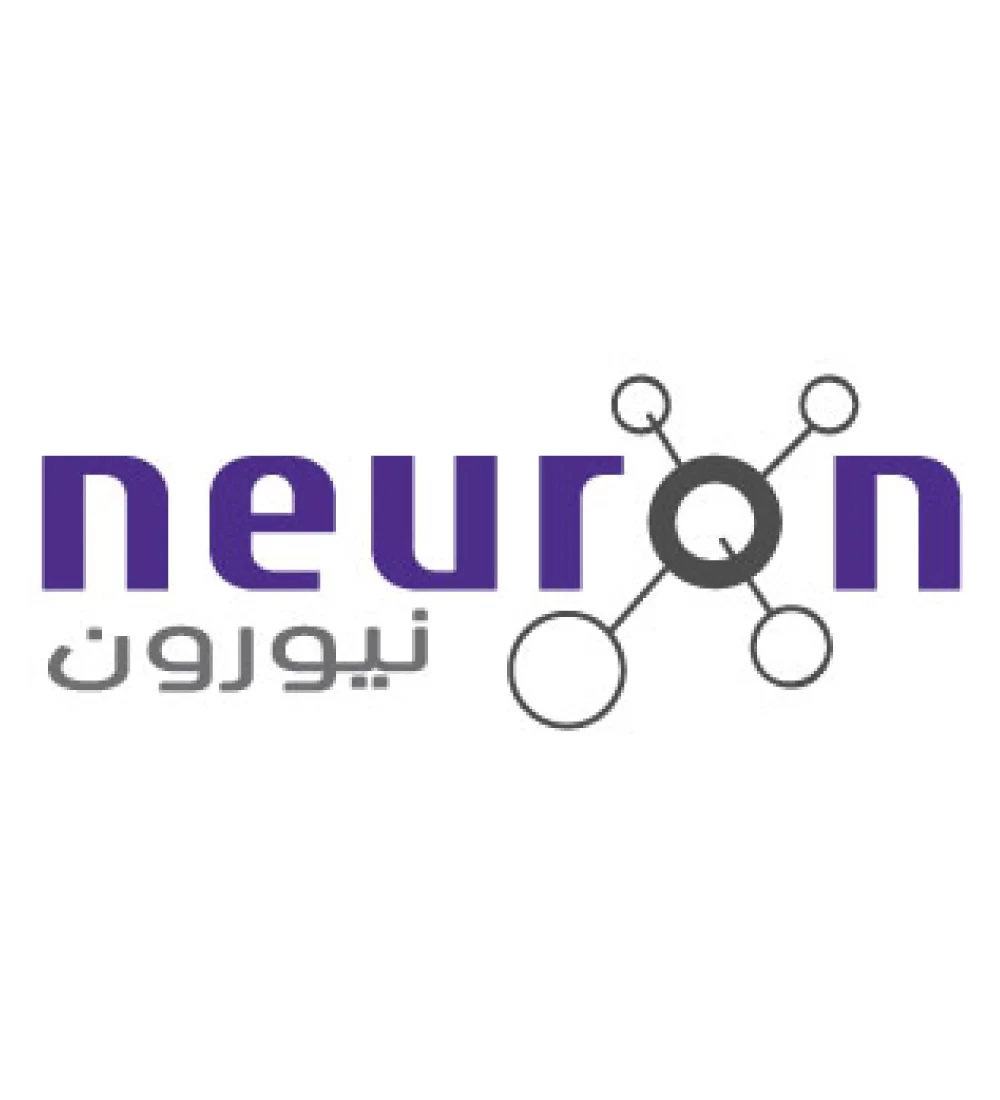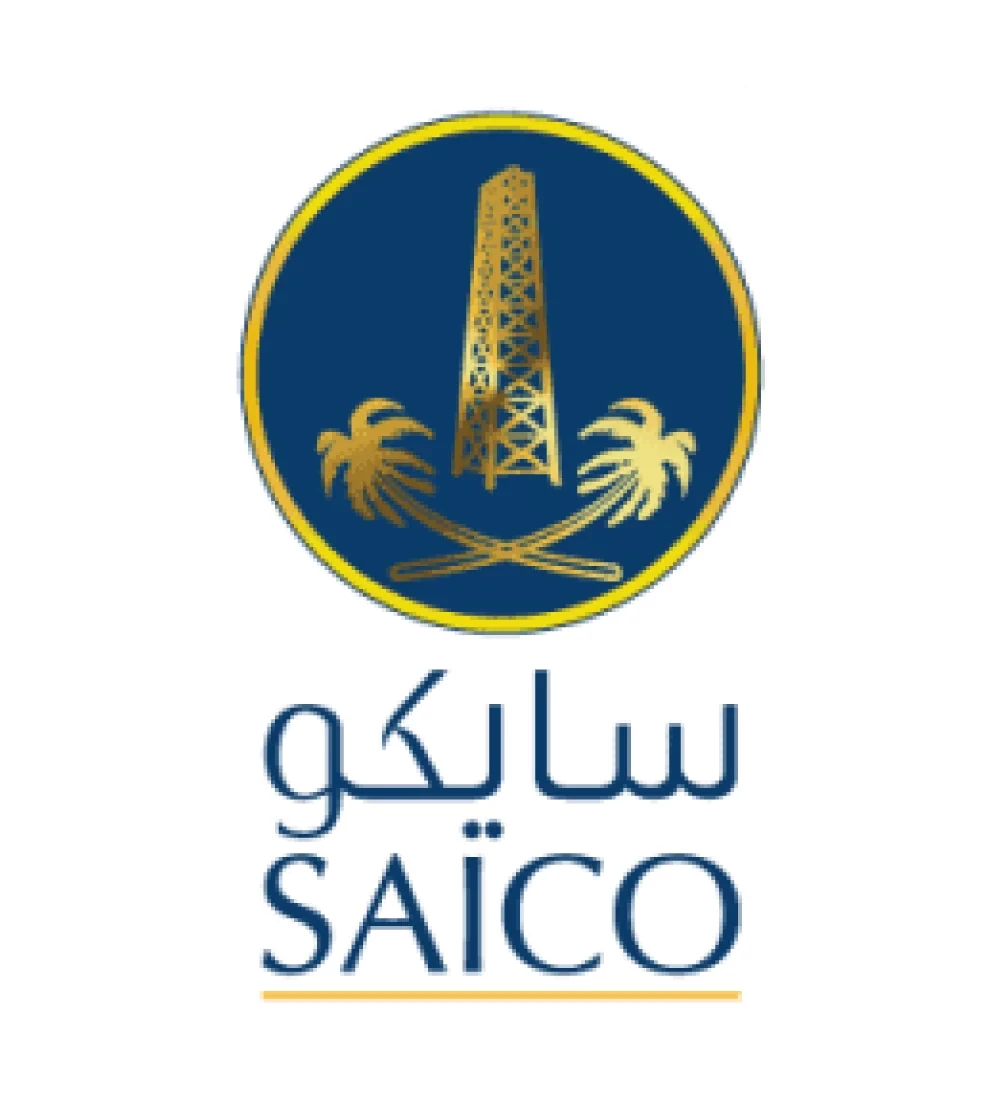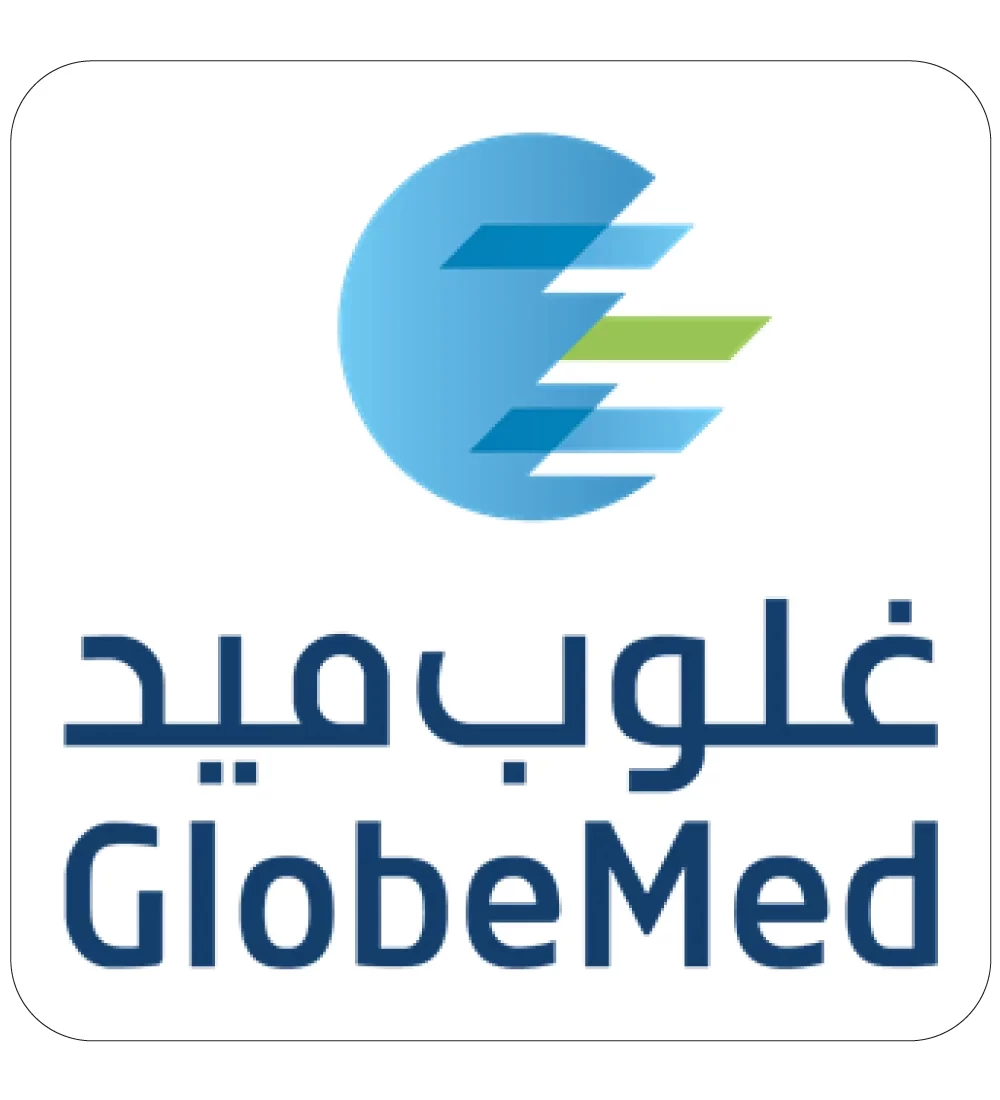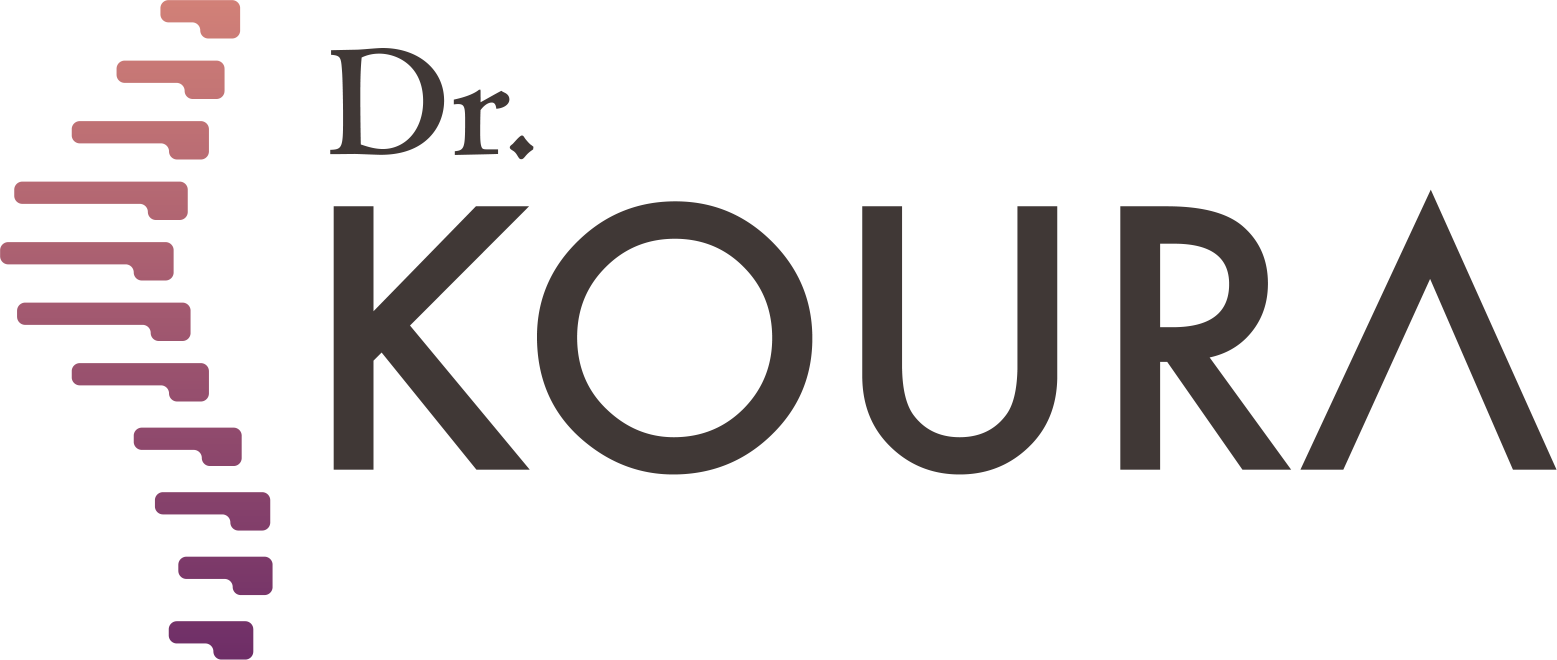
To see patients' reviews
Click hereMeniscus tear | Meniscal tears and their treatment without surgery

Symptoms
- Knee Pain
The meniscus serves as the cornerstone in providing support and protection for the joints, yet their susceptibility to tearing can lead to serious health issues. In an effort to overcome this problem, there is a focus on researching effective non-surgical treatment methods, aiming to reduce the pain of meniscal tears and stimulate the natural joint healing process. Dr. Mohamed Koura Center is a pioneer in the field of non-surgical meniscal tear treatment, distinguished by offering the latest medical techniques along with a specialized medical team ensuring excellent care.
In this article, we comprehensively discuss the concept of meniscal tears and their negative impact on joints, in addition to exploring modern non-surgical treatment methods from Dr. Mohamed Koura Center to enhance joint healing and improve patients' quality of life.
What is the Meniscus?
The meniscus are a sturdy network of tissues filled with collagen fibers and interspersed with cartilage cells. Their importance lies in the knee joint, where they act as cushions separating the thigh bone and the shin, supporting proper movement and reducing friction and wear. These flexible pads are the inner and outer menisci, indispensable for joint health and safety.
What is the function of Meniscus?
The meniscus perform several functions, including:
Joint stability: The meniscus plays a vital role in stabilizing the knee joint, helping to maintain its stability during movement.
Friction reduction and shock absorption: Acting as cushions between the thigh and shin bones, the meniscus reduces friction between them and absorbs shocks occurring during walking and running, protecting the joint from wear and tear.
Joint fluid distribution and cartilage nourishment: The meniscus contributes to distributing synovial fluid over their surface, aiding in tissue nourishment and maintaining their health.
Weight and pressure distribution: The meniscus helps distribute weight across the entire surface of the shin bone, reducing harmful concentration on specific points and maintaining the integrity of the joint cartilage.
In summary, the meniscus serves as an effective tool for supporting and protecting the knee joint, contributing to its health and safety during movement and daily activities.
What are the types of Meniscus?
The meniscus in the knee joint consist of two main types, each with its unique characteristics:
Medial Meniscus: It takes a crescent shape and is attached to the medial collateral ligament. This type of meniscus bears greater pressure and load during knee rotation outward.
Lateral Meniscus: It has a more circular shape than the crescent shape and is not connected to the lateral collateral ligament, providing it with greater freedom of movement. As a result, it is less prone to injuries compared to the medial meniscus.
The meniscus are interconnected by a transverse ligament that binds them from the front, enhancing joint stability and protecting it from injuries.
The function of the meniscus extends beyond stabilization to distributing pressure on the joint surface and absorbing shocks. They work to reduce stress on the joint surface by a percentage ranging from 30 to 70%, depending on the knee flexion angle.
Scientific research confirms that complete removal of the medial meniscus can lead to a reduction in the contact area of the joint surface by a percentage ranging from 50 to 70%, significantly increasing stress and pressure on the other cartilages in the joint.
What are the causes of Meniscus Tear?
Meniscal tears can result from various causes, and these causes vary according to the individual's age, daily activities, and sports involvement. Here are some common causes:
Sports Injuries and Accidents: During youth, especially among athletes, individuals may experience injuries that cause tears in the meniscus, such as strong falls or knee twists during sports activities.
Aging and Natural Wear and Tear: With advancing age, the meniscus may undergo wear and tear due to factors like natural degeneration or joint roughness.
Certain Knee Anatomical Deformities: Some anatomical deformities in the knee can lead to increased pressure on the menisci and consequently tear them.
Chronic Joint Irritation: Chronic joint inflammations can cause meniscal tears due to the wear and tear resulting from inflammation.
Genetic Factors: Genetic factors may play a role in increasing an individual's susceptibility to meniscal tears.
What are the symptoms of Meniscus Tear?
Symptoms of meniscal tears vary depending on the location of the tear, whether it's internal or external, as follows:
Symptoms of a Medial Meniscus Tear
Pain emanating from the inner side of the knee, often accompanied by pain during physical activities and afterward.
Sudden joint locking in various positions, where the patient finds difficulty in moving the knee and feels it restricted in a specific place.
Pain when fully extending or bending the knee, and also when rotating the knee outward at a specific bending angle.
Mild swelling in the joint due to synovial fluid accumulation, often appearing after strenuous activities.
Symptoms of a Lateral Meniscus Tear
Pain radiating from the outer side of the knee, increasing in intensity during or after physical activities, and may recur after specific activities.
Sudden joint locking.
Pain when extending or bending the knee, and also when internally rotating the knee at certain angles.
Mild swelling in the joint, and in some cases, there may be leakage of synovial fluid.
These symptoms indicate the presence of meniscal tears, necessitating consultation with a doctor for proper diagnosis and treatment.
What are the non-surgical treatment methods of Meniscus Tears?
Treatment for meniscal tears without surgery depends on several factors, including:
The age of the individual and their level of physical activity.
The type, location, and severity of the tear, along with accompanying symptoms.
The time elapsed since the injury.
Here are some tips for treating meniscal tears without surgery:
Ice and elevation: This helps reduce pain and swelling.
Wearing a compression brace: This helps reduce the chance of excessive swelling and promotes knee stability.
Taking anti-inflammatory medications: Such as aspirin or ibuprofen to alleviate pain and swelling.
Avoiding participation in violent sports: For a period determined by the treating doctor.
Additionally, in cases of meniscal tears accompanied by knee osteoarthritis, they can be treated without surgery as long as there is no sudden cessation in knee movement.
In some cases, simple medical procedures may be performed, such as knee injections with platelet-rich plasma, which help in healing meniscal tears and stimulate the recovery process without the need for surgery. Additionally, tear removal can be done endoscopically.
In conclusion, meniscal tear can be effectively and safely treated with non-surgical methods to alleviate pain and improve joint function. This is true at Dr. Mohamed Koura Center, where Dr. Koura, the best doctor in this field, stays abreast of the latest therapeutic techniques through his participation in various international conferences alongside top doctors and experts from around the world.
Book your appointment at the following numbers and get rid of meniscal tear pain, preparing for a pain-free and unrestricted life.
Why Choose Dr. Mohamed Koura ?
Simply because he is the best doctor in his feild. He stays updated on the latest treatment technologies through his participation in various international conferences with leading foreign doctors and experts. Finally, and most importantly, Dr. Mohamed Koura is the best doctor in Egypt and the Arab world, possessing 12 non-surgical techniques for treating spinal and joint problems. He was the first to introduce modern interventional treatment techniques in Egypt & the Middle East and is the only one using the disc fx technique to treat spinal pain.
Certainly not, some cases must be treated surgically, and the most appropriate technique for the patient is determined through a medical examination and the presence of imaging studies.
No, it is necessary to make a reservation through a phone call or social media messages.
There are no risks or side effects associated with non-surgical pain interventions.
The patient needs only 3 to 4 days before they can travel comfortably, and the hospital stay does not exceed 6 to 8 hours.
A condition cannot be accurately assessed and a proper medical diagnosis made without a medical examination and recent imaging studies.
Yes, there are several payment methods available through Visa or electronic wallets by making a reservation on our website.
Certainly, obesity is one of the causes of knee osteoarthritis.
Radiofrequency activates the nerve and does not cause any damage to it.
Non-surgical interventions are a definitive treatment for some cases and pain relievers for other cases, which is determined by the doctor through a medical examination.
If the herniated disc is fully treated, there is a possibility of it reoccurring in some cases, such as not following the doctor's prescribed instructions after the intervention, experiencing an accident, or making a sudden wrong movement like lifting heavy objects.
The entire disc is not removed due to the presence of several risks and it may exacerbate the condition. Only the protruding part that causes pain is removed.
This cannot be done with radiofrequency, but it is performed through other techniques that Dr. Koura conducts.
The success or failure of non-surgical interventions cannot be judged through radiographic imaging because these procedures involve making subtle changes to critical parts to address the issue. Consequently, they do not produce significant changes to avoid potential complications in the future or damage to the spine and joints, which is our primary goal.
Spinal stenosis does not typically cause sciatica. In most cases, disc herniation is what may lead to sciatica. This does not necessarily mean that a patient with sciatica will also have spinal stenosis.
Sciatica may return if the patient does not adhere to the medical instructions provided by the doctor or in the event of an unexpected accident.
A life without pain without surgery
Once you book with Dr. Koura
Get rid of pain with just one call.. Book your appointment now with pain Management consultant Dr. Koura.
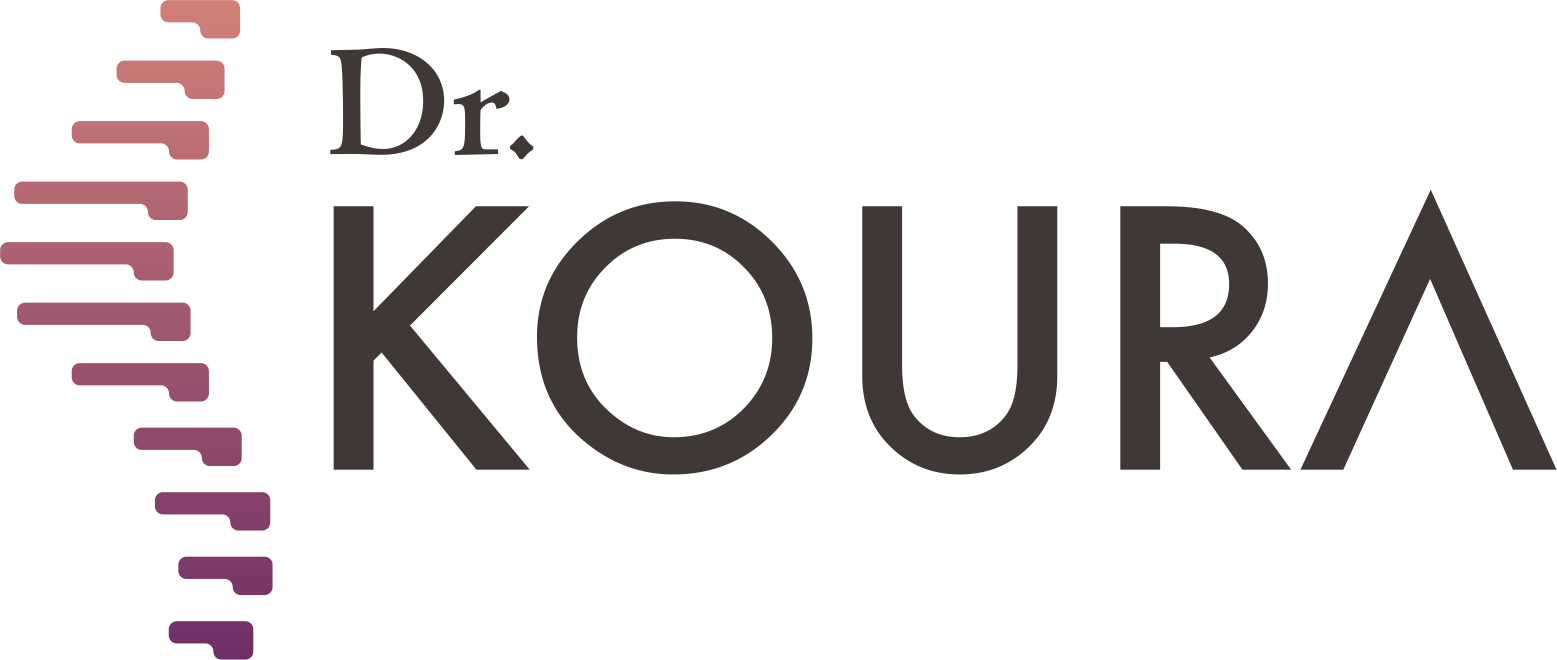





-webp.webp)




-webp.webp)







